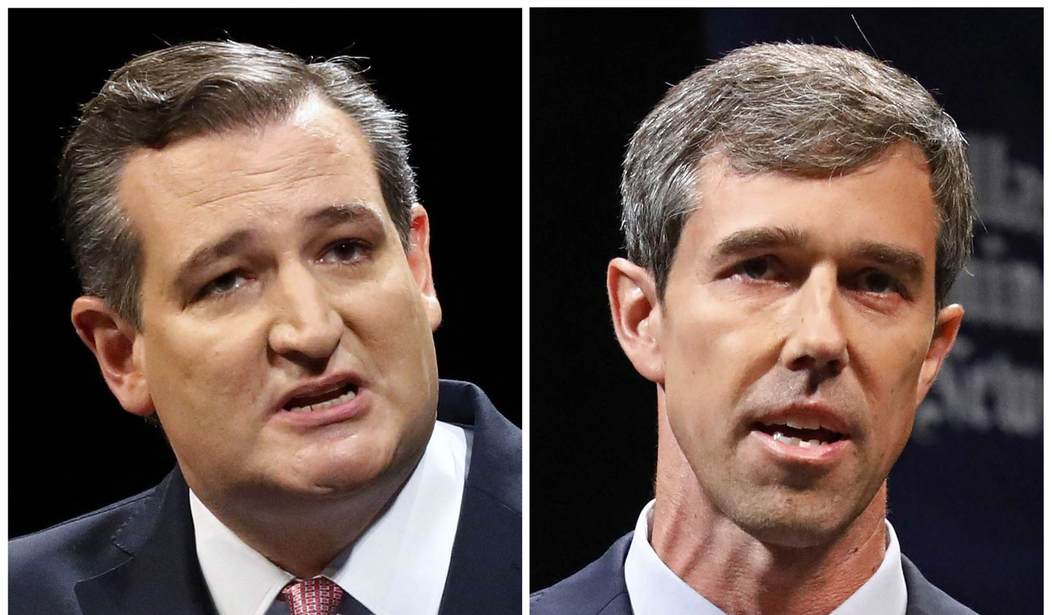In recent years, “Blue State/Red State” maps have become a ubiquitous, shorthand way to describe our political landscape. Unfortunately, and much like how a carnival hypnotist employs a soothing and repetitive motion to transfix his victims into behaving absurdly, many Republican pundits appear to have become so mesmerized by seeing “Red States” as “Republican,” that they have failed to recognize -- much less understand -- the significant demographic and political changes that have taken hold within those state; changes that have rendered traditional notions of political analysis largely ineffective.
You do not have to be a high-paid political consultant to see this.
As I traveled the country for business and pleasure in recent years -- visiting “Red States” like Texas, Iowa and Montana (including, of course, my home state of Georgia) -- I saw (and continue to see) example and after example of state and local “Republican” officials respond to voters’ desires to improve their “safety” and “quality of life,” by increasing spending and services.
Even in traditionally Republican enclaves, voters are electing and re-electing officials who are eager to meet those desires, by raising taxes, “fees” and public debt, and by placing further controls on businesses. All this in an effort to satisfy largely suburban voters’ demands for everything from parks to aquatic centers and billion-dollar sports arenas.
This game plan becomes a habit that increasingly acclimates voters to view intrusive government at all levels, as benign.
In such an environment, it is only a small step for voters to choose candidates for office who are ever more willing to meet their desires for expanded and “improved” government services; in short, to vote Democratic.
Republican elected officials, their political consultants, and conservative media “talking heads” all seem to have lost sight of the forest for the trees; focusing on the “Big Picture,” and overlooking the erosion of conservative principles of governance where the rubber meets the road – at the local level.
Recommended
While President Donald Trump has done more than any president since Ronald Reagan to reduce regulations at the federal level, on the ground in states across the country the Regulatory State is booming. In states Red, Blue, and Purple, nominally Republican state and local officials continue to create new laws and regulations rather than erasing existing ones.
The result is a pronounced leftward drift in virtually all aspects of life at the local level. Taxes increase as Republicans acquiesce to multi-million-dollar bond initiatives for pet projects like sports stadiums and movie studios. Massive tax incentives are freely offered to companies in return for vague promises to create “high-paying jobs” down the road. Increasing business regulations, licensing requirements, and zoning restrictions make it harder for budding entrepreneurs to launch new businesses or expand current ones. Anti-smoking regulations and even gun-control measures are being shepherded by Republicans under the guise of “public safety” and “quality of life.”
With each such measure, Republicans cede ground; political territory growing difficult to regain. Most importantly, such behavior conditions voters to turn increasingly to state and local government to address and solve problems, rather than the private sector.
The impact of this philosophical shift cannot be dismissed, as seen clearly in this month’s high profile races in Georgia and Texas. That the GOP could very nearly lose a Senate race in Texas or a gubernatorial race in Georgia, should be a blaring wake-up call to Republicans that the electoral color of a state, or the letter next to a candidate’s name, no longer means what it used to mean; and certainly nothing that can be taken for granted.
The GOP now is so far behind the power curve, that reversing the trend – if even possible at this stage -- will take a Herculean effort, over more than a single election cycle. That effort starts with messaging and ends with action consistent with that messaging; both are needed, but neither appears in ready supply among Republican leaders in Washington.
Deficit spending continues unabated. Meanwhile, little interest is shown by Republican leaders in Congress to move legislation that would appeal to minority and independent voters in particular, and which also are firmly rooted in traditional principles of conservative governance; this would include such measures as criminal justice reform and loosening federal restrictions on adult use of marijuana.
These and other steps should be easy wins for the GOP; but the process can only begin if the GOP removes the rose-colored glasses through which it sees the just-concluded mid-term election as a “victory” simply because the Party picked up a couple of seats in the Senate.
The problem for the Republican Party goes far deeper than a national coloring book with red and blue crayons. If the Grand Old Party does not quickly and seriously work to reclaim and reinvigorate its philosophical high ground, there will be none left to claim.





















Join the conversation as a VIP Member